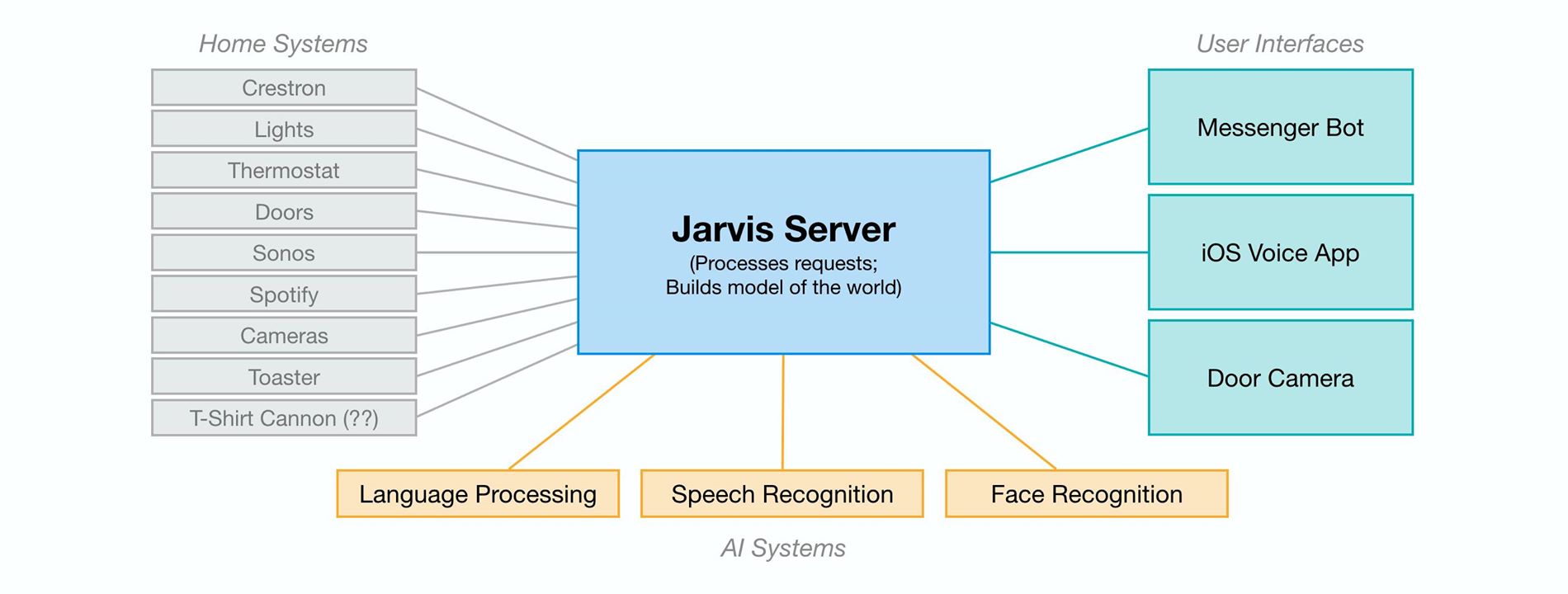
After years of going up, rents in Boston’s super heated real estate market may have finally reached a peak.
Data released Thursday show that apartment rental prices fell slightly at the end of 2016 — the first drop since 2010 — amid a surge of new buildings that have opened in Boston and neighboring cities such as Cambridge, Chelsea, and Somerville.
The decline was modest, just 1.7 percent — or $36 a month on the average lease of $2,038, according to the rental-tracking firm Reis Inc. But it was the latest and clearest sign that the flood of construction in Boston is putting a lid on prices, at least at the upper end of the market.
“When you put that much supply on the market, you’re going to disrupt the equilibrium,” said Sue Hawkes, chief executive of Collaborative Cos., a real estate marketing firm in Boston. “That’s what’s happening.”
During the first nine months of 2016, more than 5,100 apartments, most renting for top dollar, opened in the heart of the Boston area. Another 7,200 are under construction in Boston alone, according to city figures.
While rents may no longer be uniformly escalating, city apartments remain unaffordable for many people, something unlikely to change over the next few years.
Only New York City and San Francisco have higher average rents than Boston.
Still, the expanding supply of rental units is clearly having an effect on the balance of supply and demand, according to Hawkes.
That means renters —at least well-heeled ones — can be choosers for a change.
To woo tenants, some landlords of new luxury buildings are offering free rent for a month or more, covering brokers’ fees and dangling gift cards or other goodies in front of prospective tenants.
But those kinds of perks aren’t available to the majority of renters, especially outside of the immediate Boston area. In parts of the region where there hasn’t been as much construction, rents continue to climb — in some places, far faster than in the market as a whole.
In Malden, for instance, rents are up 5 percent over the last year, according to separate data from the website ApartmentList.com.
Rents in Allston/Brighton and Mission Hill have climbed about 8 percent over the same period, said Ishay Grinberg, president of the Somerville-based website RentalBeast.
“People are getting priced out of downtown,” Grinberg said. “But all it’s doing is pushing rents up higher in areas that may have been slightly less desirable a couple of years ago.”
Over the last year, large apartment buildings have opened up in Chelsea and Quincy, Jamaica Plain, and Dorchester. In Brighton, a wave of new projects is getting underway, and renting at a brisk clip.
In November, Hamilton Co. opened a 49-unit building on Malvern Street in Allston, with two-bedroom units starting at $2,500 a month — less than half the going rate at new complexes in the Seaport District. It was nearly full in a week.
“That’s a very good sign for a working-class building,” said Hamilton’s president, Carl Valeri.
But the demand is also leading to a surge in land and construction prices in Boston’s outer neighborhoods. That’s putting financial pressure on projects that are aiming for a modest price point. If developers believe they won’t hit their projected rents when they open in two years, they might pull back on construction projects, said Travis D’Amato, a broker who specializes in multifamily investments at the real estate firm JLL.
“We are at an inflection point in the market,” D’Amato said. “If construction costs continue to rise and rents don’t continue to rise, we could see some slowdown in development.”
So far, there’s little evidence of that happening.
A number of major projects in outlying neighborhoods — such as the 650-unit Washington Village development near Andrew Square — are poised to get underway later this year.
More proposals, such as a plan to build 680 graduate student-oriented apartments on the grounds of St. Gabriel’s Monastery in Brighton, are going through the city’s approval process.
If those projects come to fruition, rents should eventually flatten in the outlying neighborhoods, just as they appear to be doing downtown, said Sheila Dillon, the city’s housing chief.
“What’s playing out is, really, exactly what we want,” Dillon said. “We want to see investors continue to build housing, and that’s taking pressure off the existing housing stock.”
Meanwhile, the market for high-end living downtown will soon face more tests.
Two huge rental buildings, 832 units in all, are set to open this spring in the Seaport.
In addition, a 585-unit complex in the South End is under construction, and a 45-story apartment tower is planned to break ground soon atop the Government Center Garage.
Builders who have recently launched downtown apartment projects say they’re not worried. Avalon North Station, a 38-story tower that opened in November, has leased 85 of its 503 units. That’s an impressive showing, especially during the holidays, said Scott Dale, senior vice president of development for the developer, Avalon Bay.
read more…
http://www.bostonglobe.com/business/2017/01/05/average-boston-area-rent-falls-for-first-time-almost-years/2JMoK39bFND08wKhQT2BnM/story.html?s_campaign=email_BG_TodaysHeadline&s_campaign=




